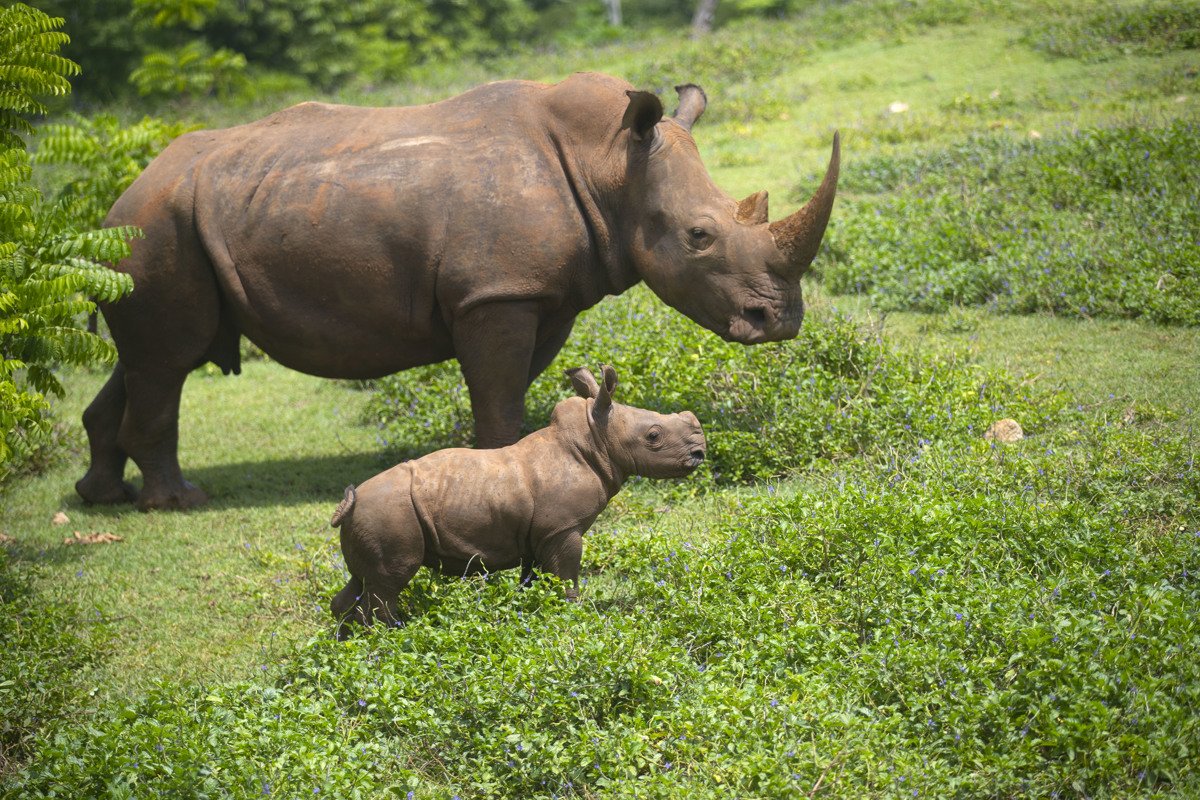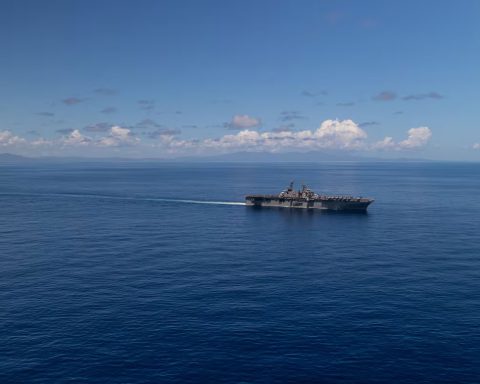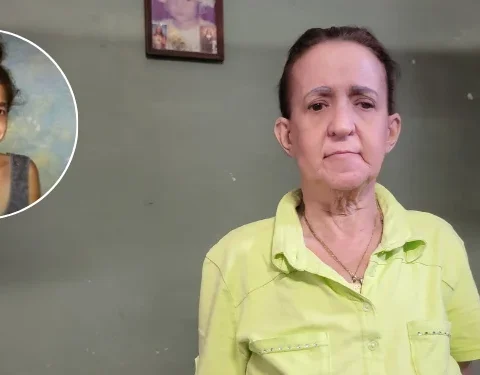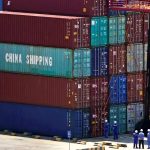Ale, a baby white rhinoceros, grows healthy and active as he turns one month old at the National Zoo of Havanathe largest in Cuba, which is home to more than 120 species of animals.
The evolution of the new inhabitant of the facility is attested by one of its caretakers, the young exotic and wild fauna technician Armando Pérez, who assures that it is “a pride” for them.
“He has had a good development and has mixed with the herd super well,” Pérez said during a visit by reporters from EFE to the Cuban Zoological Park —one of the two that the island’s capital has— where the animals live in conditions that mimic those of their natural habitat.
Young Ale and his family
Perez points out that young Ale has shown faster development than his sister, Mel. He is also “more active and in closer contact with the other rhinos,” though he remains dependent on his mother.
At this time, the little one weighs about 100 kilograms and along with breast milk – which will be the basis of his diet for 18 months – he eats meats, fruits, fodder and fodder.
Ale, a baby white rhinoceros, grows healthy and active after being born for one month at the National Zoo of Havana, the largest in Cuba, which houses more than 120 species of animals.https://t.co/0FZLLZ69tH pic.twitter.com/lIf6vGuzcR
— EFE News (@EFEnoticias) July 15, 2022
In addition to walking in the company of its mother, the baby rhinoceros socializes with other species that inhabit the extensive areas of the so-called “African prairie” of the park, such as giraffes, zebras, antelopes, ostriches and hippos.
The new calf is part of a family of 8 white rhino specimens that includes its parents Alexander and Katherine, a couple who arrived at the zoo in November 2013 as part of a donation of African wildlife animals made by the Government of Namibia.
“It is a hope for us that the path of protection of an endangered species continues,” said the specialist in exotic fauna management Alexander Arango, with 20 years of experience in the zoo.
Remember that the reproduction of these animals remained stable until 2001 and that three years ago Mel, Ale’s sister on her mother’s side, was born, marking the first birth of her species in this zoo after 18 years.
About this species, the expert explained to EFE that they are born with about 50 kilos of weight and must increase at a rate of one kilogram per day until they reach about three tons and three meters in length when they are adults, which classifies them as the third mammal heaviest landmass in the world.
The largest zoo in Cuba
The National Zoological Park of Cuba, located on land in the municipality of Boyeros, in a remote area of Havana, opened its doors in 1984 and is one of the 23 zoos in various provinces of the island.
This installation occupies an area of 342 hectares with a perimeter fence of 10.6 kilometers and only its space called “The African Prairie” covers an area of 42 hectares.
Currently, its collection brings together a total of 1,428 specimens of mammals, herbivores, birds, primates and reptiles that live a lifestyle as close as possible to their original habitat, where they enjoy a certain amount of freedom.
The director of Animal Welfare of the zoo, Arner Fumero Hernández, recalled that the first collection of animals came from Tanzania and the second brought from Namibia through the “Noah’s Ark II” operation, a total of 146 animals, of 23 species.
That donation included antelopes, elephants, rhinos, vultures, ostriches, hyenas, lions, leopards, porcupines and bat-eared foxes, among other animals.
One of the objectives of this place is to enrich the collections that exist in various provinces of the island, explained the board of directors of the state-owned facility, which is currently opting to join the Latin American Association of Zoological Parks and Aquariums (ALPZA).
Another group of 42 animals of 13 species arrived on the island in 2018 as part of an exchange with the La Aurora Zoo in Guatemala, with Bengal tigers, spider monkey antelopes, capuchin monkeys and anubis baboons, specimens of the black swan and various species. of parrots, among them the one known as the white front, until then non-existent in Cuba.
The public that arrives at these facilities can observe the animals, both in meadows, moats and large enclosures, from buses that circulate along its internal roads and also from various viewpoints on heights.
















